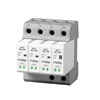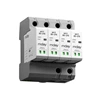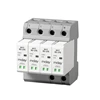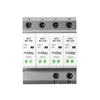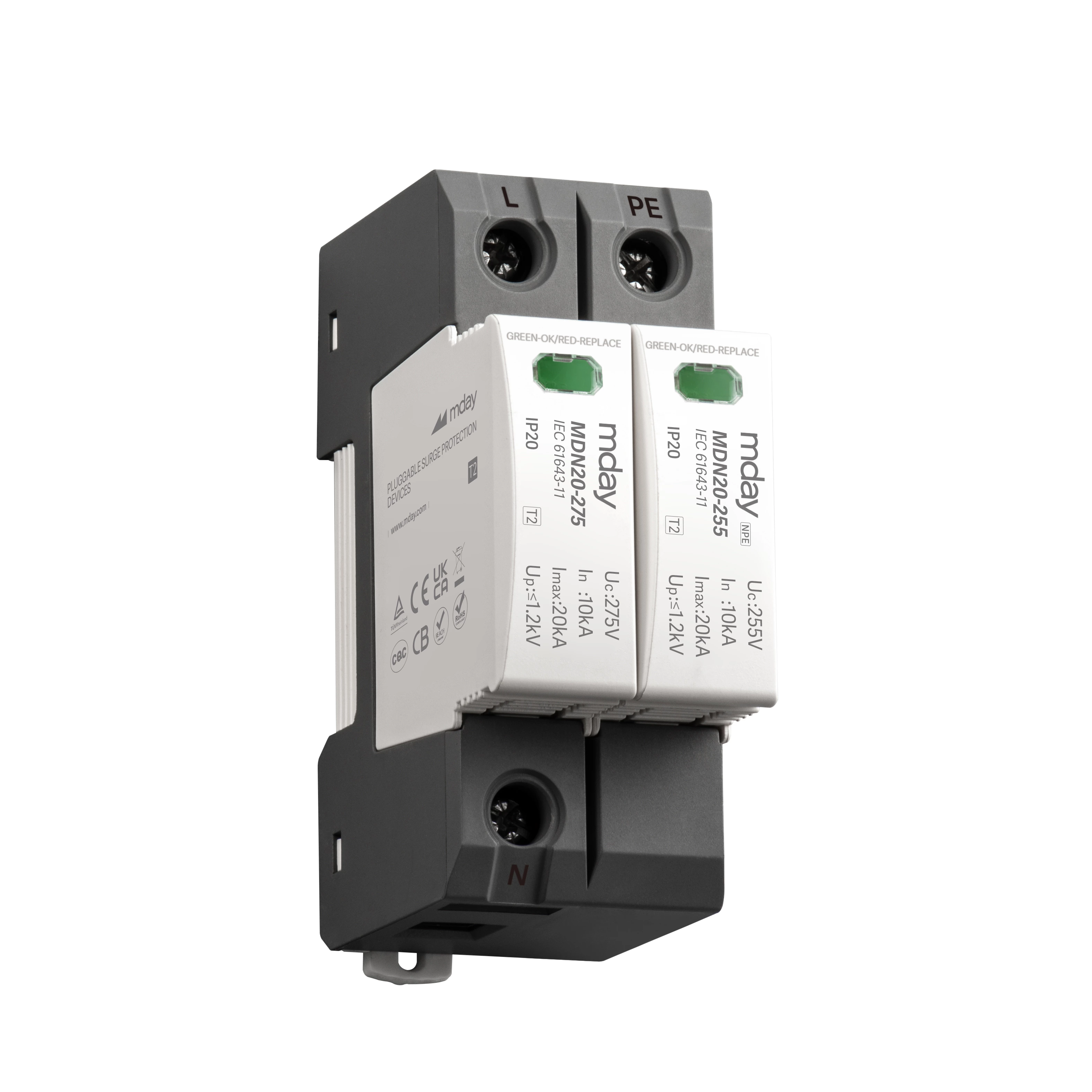Working Principle Of Power Type Surge Protector
Surge protector (SPD) is an electrical device used to limit transient overvoltage and discharge surge current. It contains at least one nonlinear element. It is an electronic device that provides safety protection for various electronic equipment, instruments and meters, and communication lines. It is generally connected in parallel with the protected equipment to prevent excessive current and voltage from damaging the equipment when overvoltage occurs.
According to its use, surge protection device can be divided into power line SPD and signal line SPD.
When the SPD is installed outside the protected equipment, its basic functions are:
- When there is no surge in the power system, the SPD should not have a significant impact on the characteristics of the working system to which it is applied;
- When a surge occurs in the power system, the SPD presents low impedance, and the power supply current is mainly discharged through the SPD, limiting the voltage to its protection level. The power supply may cause power frequency continuous current to pass through the SPD;
- When a surge occurs in the power system, the SPD returns to a high impedance state after the surge and extinguishes any possible power frequency continuous current.
The SPD can meet the above functions under its normal use conditions. Normal use conditions include: power system voltage frequency, load current, altitude, air humidity and ambient temperature.
How does a power surge protector work? A power surge protector (SPD) is used to protect single-phase, three-phase AC, photovoltaic and other power systems. It contains at least one nonlinear element. Before the transient surge arrives, this element presents an extremely high resistance (i.e., open circuit state) and has no effect on the protected circuit; when the transient surge arrives, this element quickly changes to a low resistance (i.e., short circuit state), discharging the surge current and limiting the voltage at both ends of the protected device to a lower level. When the surge ends, the nonlinear element recovers to a high resistance state (i.e., open circuit state). It prevents the equipment from being subjected to large surge voltages and has the effect of current discharge and voltage limiting.
1. Sealed structure, stable operation, long life;
2. With operating status indicator light, its working status can be clearly understood;
3. Fast response time, large absorption and discharge volume;
4. Built-in thermal protection device;
5. Arc interruption and arc extinguishing technology, SPD does not catch fire.
In lightning protection, the most commonly used is the power type surge protective device. Understanding the working principle of the power type surge protector can help to select and select different types of surge protectors.


